Boost your confidence with exercise
Quick overview
- Injuries, or taking a long break from your exercise routine, can really impact on your self-confidence. Although you might be worried about how you’ll get yourself back into an exercise routine, there’s plenty of easy ways to take these first steps safely.
- If you’re thinking about getting back into a regular routine with your physical activity, consider gentle, restorative exercise to give your body time to get used to the movements.
- There’s loads of low impact movements and stretches to incorporate into your routine as well. Swimming, aqua aerobics, Pilates, resistance training, coupled with proper stretching and foam-rolling can all help to strengthen the body and increase flexibility while (further) preventing injury.
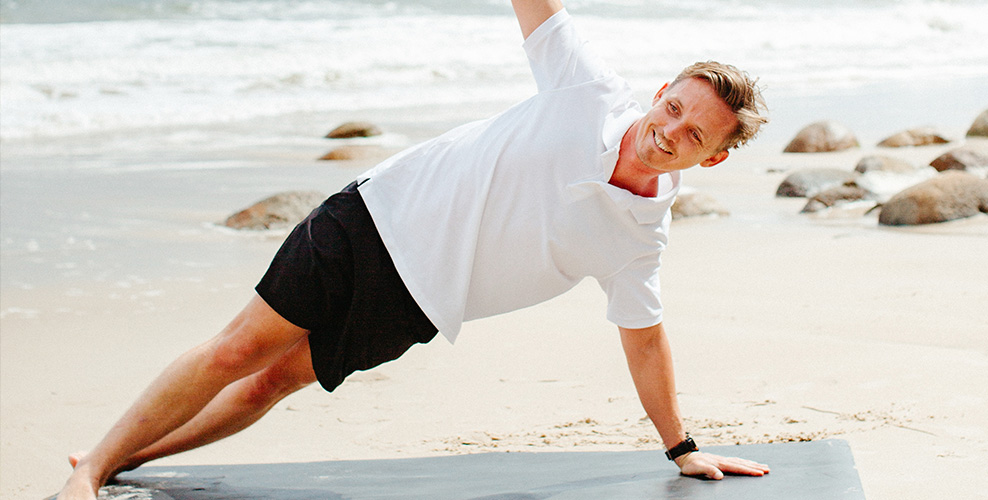
We all lose motivation from time-to-time, and it can be tough to get back into a routine you feel confident with. The best way to get started on a new routine is by first understanding what the best types of exercise are for you. Understanding your body and exercising according to your specific needs will make it easier, more enjoyable and, of course, help to prevent injury.
We sat down with exercise physiologist James Hulme from New Leaf Health to discuss the most common types of injury he sees in his patients. James shares his experiences of working with patients dealing with injuries, as well as his top tips for getting motivated and moving again.
If you’re ready to get your exercise groove back, but you’re not quite sure where to start, keep scrolling to discover the best types of movements and find out more about ways to move mindfully to prevent injuries.

Common injuries
James explains that lower back injuries are some of the most common injuries he sees in his clinic. Here’s why:
“The spine and hips are complex and many people have poor movement mechanics -meaning how muscles, bones, tendons and ligaments are structured and work together to support movement. It only takes one issue, such as tight hamstrings or weak glutes, to expose a person to greater risk of injury.
There is no ‘one size fits all’ when it comes to treating back pain. It needs to be an individualised approach, so making sure you seek treatment from an accredited allied health professional is essential in returning to your pre-injury health.
I also find that many of my clients who are seeking treatment for an injury have recently changed something in their exercise routine, for example new shoes, increased duration, or a change in running surface such as from cement to sand.”
Simple restorative exercises
James defines gentle, restorative exercises as activities a person finds easy to achieve, enjoyable and leaves them feeling energised.
“I come from a motivational coaching background and gentle restorative exercises will look different for each individual. I often discuss with my clients what type of exercise they think is achievable and start there.”
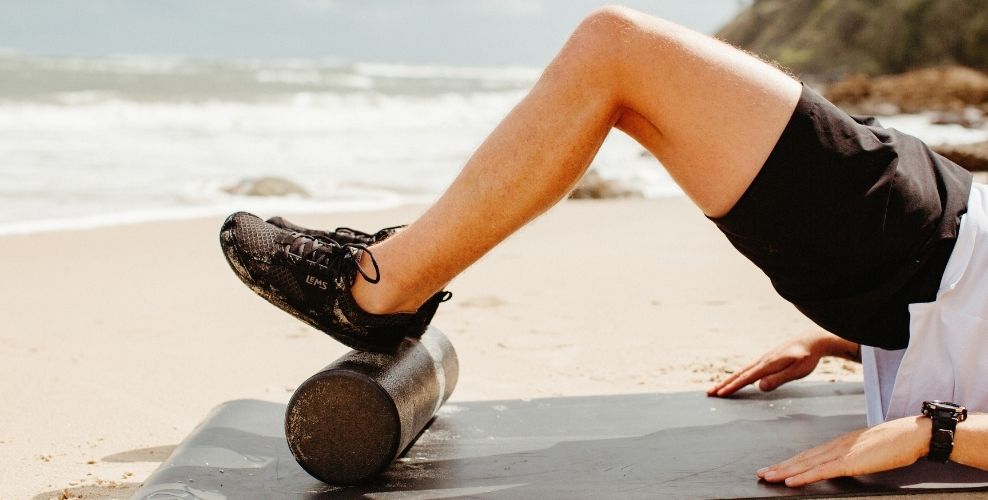
Which exercise is best for confidence?
So, what’s the best way to start an exercise routine and avoid injury if you haven't exercised in a while? Here are some tips from James:
“When someone is thinking of returning to exercise, I have two recommendations:
- Start slow: For example, if you’re looking to return to running 5km, start by walking for 30 minutes and build up slowly from there. Interval training is a great way to slowly increase your endurance.
- Create a plan: Have a hard copy of your schedule for the week and plan your exercise around everything else that’s non-negotiable, such as work and appointments. It’s sometimes a great idea to share this with a friend or partner to help keep you accountable.”
Examples of low impact exercises
Regardless of existing injuries or fitness levels, you can always rely on these types of low impact exercises to start you off on a new exercise regime, says James:
“Swimming or water aerobics. If you’ve never tried a water aerobics class before there is a good chance you may think it’s for older people and too easy. This is a popular misconception. It’s light on your muscles, bones and joints because gravity is replaced with buoyancy. In a water aerobics class, the equipment used is buoyant and the more buoyancy there is, the harder it is to move through water. The classes are a great way to get moving and allow you to manage at your own pace.”
Rehab exercises: where to start?
If you’re injured, it’s important to start with rehabilitation exercises. James gives his recommendations for how to get started with rehab so that you can get moving again, pain-free:
“If you’ve injured yourself, you should always seek treatment from an accredited exercise physiologist.
There’s an abundance of resources you can find on the internet to help you through common injuries, such as a torn anterior cruciate ligament in the knee and lower back pain. However, the benefit of seeking treatment with an accredited exercise physiologist is that a thorough assessment will be conducted. This will take objective measurements to use as a marker for improvements and make sure you’re performing the exercises correctly.
Small adjustments in your posture while exercising can make a significant difference in the target outcomes of your exercise program. Jump onto the Exercise Sport Science Australia (ESSA) website to find your closest accredited exercise physiologist.”
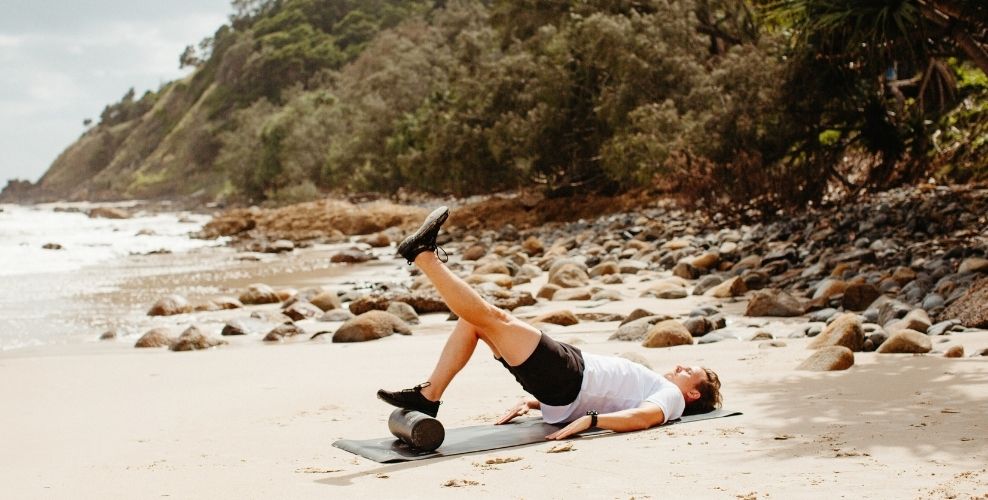
Exercises that prevent injury
So, we have exercises that are good if you’re already injured, but what if you’re looking to prevent injury in the future? James says it’s all in the types of exercise you choose:
“If you’re looking to improve your fitness, and you’re already exercising, then a similar type of exercise to what you’re already doing would be best to prevent injury. For example, if you currently surf and are looking to increase the frequency or intensity of your exercise, then adding some swimming into your exercise routine would be a safe bet. However, an exercise routine that includes various types of exercise will give you greater overall health outcomes. I would recommend taking note of the advice above regarding preventing injury when starting a new routine if you’re looking to introduce a brand-new type of exercise.”
Regular exercise prevents injury
Getting into a regular habit of daily movement has plenty of great benefits. Moving daily helps to prevent injury in the long run. James explains that while it’s not “all or nothing”, consistency and mindful movement are key:
“For all the weekend warriors out there, some exercise is better than none. However, yes, there is an increased risk of injury for people who don’t exercise regularly. The latest research suggests that people who only exercise on the weekends are at a higher risk of injury.[1]
If you’re struggling to find the time outside of the weekend, then when you do exercise try to keep the intensity low to avoid fatigue which is one factor that may lead to injuries. You can also find ways of including more physical activity during your work hours such as walking meetings – they also don’t seem to drag on as long!”
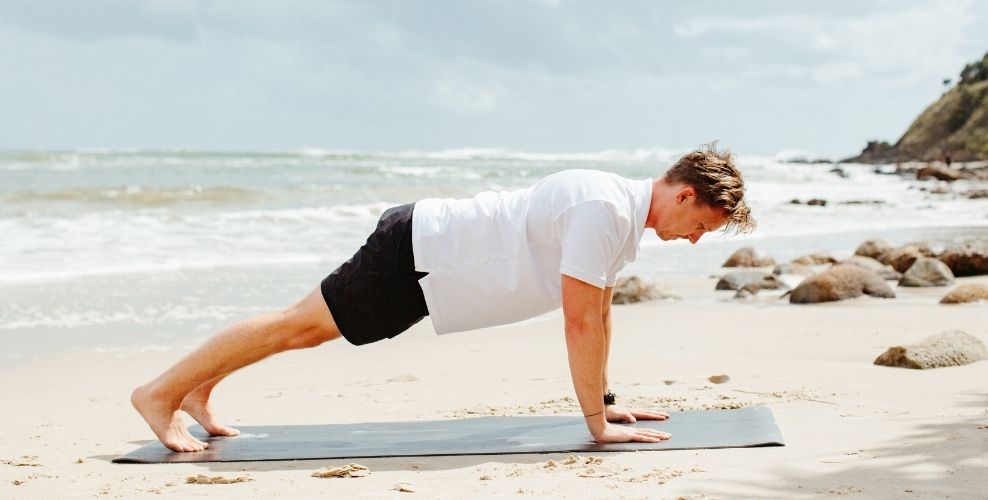
James’ top 5 tips for getting and staying mobile
While every person James sees in his clinic is unique, there are some tips he gives that apply to just about everyone when it comes to maintaining mobility:
Stretch daily
This increases flexibility and function and helps protect from injury (Favourite stretches can be found here.)
Roll it out
Research shows that a combination of foam-rolling and stretching provides the greatest improvements in flexibility.[2]
Resistance train
Maintaining strength through a full range of motion is another piece of the puzzle.
Stretch and strengthen
Pilates is a great option that combines stretching and strengthening.
Never stop playing
There is a saying ‘We don't stop playing because we grow old; we grow old because we stop playing’.
For more ideas on how to stay mobile, check out our Mobility with Fusion Health video series below:
Shoulder exercises
Spine exercises
Diaphragm exercises
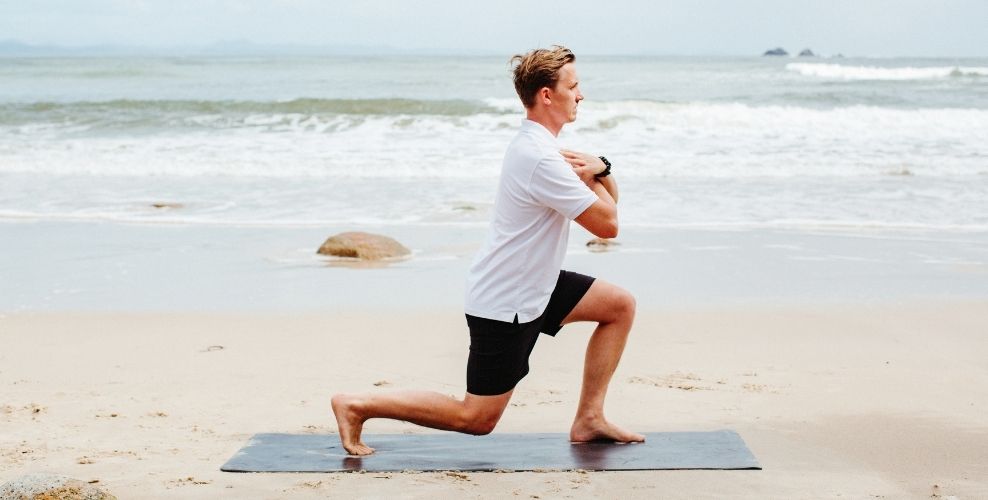
Changing up your routine, getting into a new one, healing from an injury or looking to avoid one – whatever your situation, it can be tough to get back into exercising regularly with confidence. Understanding the best steps to take to get back into this healthy habit is the first step. As you start moving again, your fitness, muscle tone and, yes, even your confidence can return.
Book a session with James
James assist clients throughout their recovery journey, from early intervention through to chronic health management. His exercise rehabilitation programs optimise function and healthy re-engagement in work, as well as daily and recreational activities. James offers mobile exercise physiology services throughout Ballina and Byron Shire to allow his clients to receive health care in an environment that suits their lifestyle. Find out more and book an appointment here.

References:
- Hartnet DA, et al. Rhode Island Medical Journal 2021;104(10):26-30.
- Mohr AR, et al. Journal of Sport Rehabilitation 2014;23(4):296-299.



















